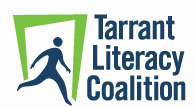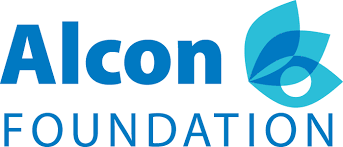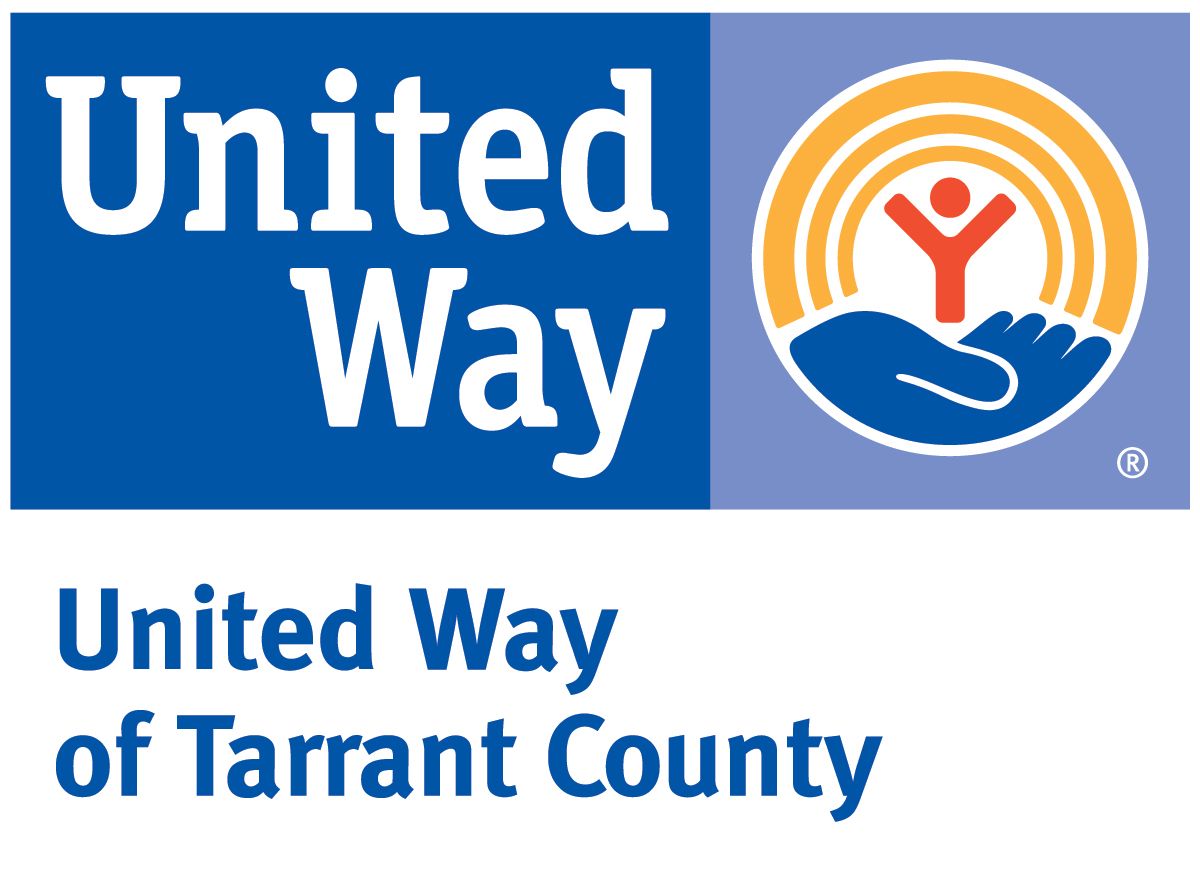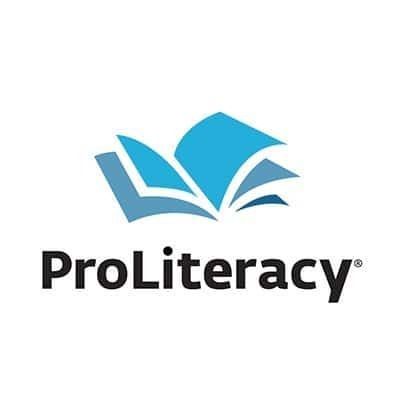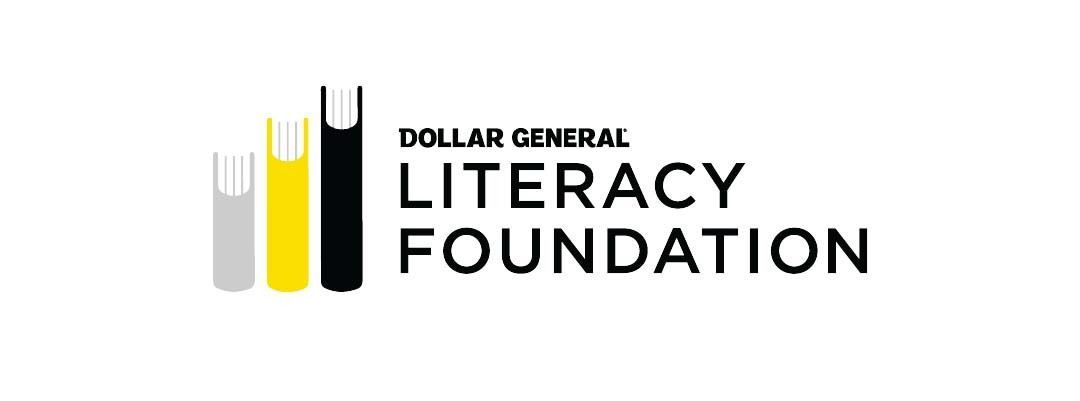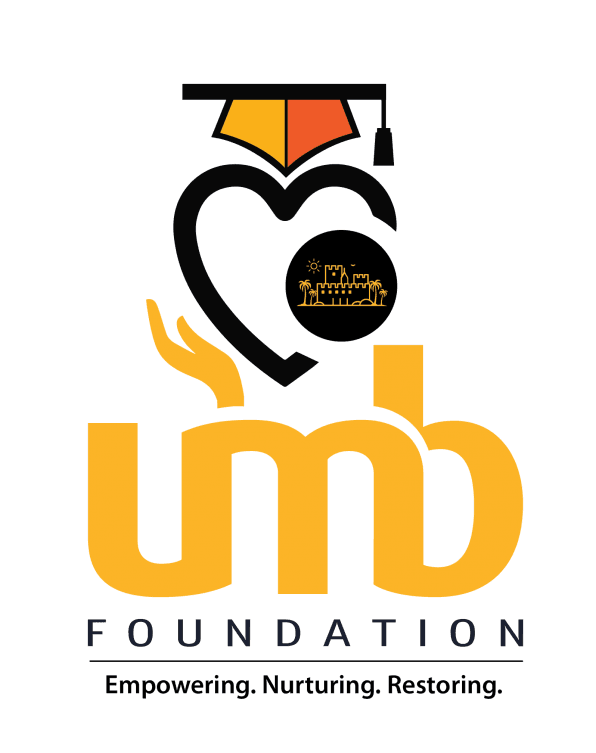
Learn about our mission to improve the quality and increase the quantity of adult literacy programs in and around Tarrant County.
Low adult literacy impacts all areas of life. It is a primary contributor to community problems, ranging from lost income and tax revenue, increased numbers on welfare, higher rates of unemployment and crime, rising healthcare costs and financial instability due to increased training costs for business and industry.
Literacy instruction provides an opportunity to reverse this negative impact in our community. Join the Coalition to provide opportunity for all members of our community.
Tarrant County
Approximately one in five adults in Tarrant County (more than 200,000) cannot read well enough to succeed at a fourth grade level. (National Assessment of Adult Literacy Survey) However, less than 10,000 adults in Tarrant County are enrolled in ANY kind of adult literacy program at the present time.
In a 10-year study of literacy indicators of 77 metro areas with populations over 250,000, Fort Worth ranked 53.5 (tied with Las Vegas, NV) and Arlington ranked 62nd. (Central Connecticut State University)
Nearly half of adults in the study read at a "Basic" or "Below Basic" level. At most, they can perform simple and everyday literacy tasks. (United Way of Tarrant County)

Give someone the opportunity to attend literacy classes and improve his or her life forever. Volunteer, donate, or advocate for more adult literacy initiatives today.
Texas
Literacy programs serve only 3.6% of the 3.8 million adults in Texas who need adult basic education services. (Texas LEARNS)
Texas ranks 47 out of 50 states, in terms of English literacy levels. (U.S. Department of Education)
In 2008, Texas ranked 3rd in the nation among all states for the number of adults who took the GED® test - 53,000 adults - an indication of the number of adults residing in Texas who do not have a high school diploma. (American Council on Education). However, in Tarrant and Parker counties, less than 5% of all adults who lack a high school diploma or GED® actually take the exam each year. (American Council on Education)
High school dropouts cost Texas $9.6 billion. (United Ways of Texas)
Texas ranked 3rd in the nation for the most Spanish GED® testers. In 2008, 3,558 adults took the Spanish-language GED® test in Texas (American Council on Education).

Connect and share literacy facts, statistics, and your opinions through Facebook, Twitter, and other social media. Click to view our online community.
United States
The U.S. ranks fifth on adult literacy skills when compared to other industrialized nations (ProLiteracy).
Over 17 million people have earned a GED® credential since 1943 (American Council on Education).
In the U.S., 14% of the adult population, or 30 million people, cannot read well enough to fill out a job description or understand a newspaper story written at an eight grade level (ProLiteracy).
More than 60% of all state and federal corrections inmates are considered "functionally illiterate". (ProLiteracy).
Low literacy's effects cost the U.S. $225 billion or more each year through non-productivity in the workforce, increased crime, and loss of tax revenue due to unemployment (ProLiteracy).
It is estimated that a rise of 1% in literacy scores leads to a 2.5% rise in labor productivity and a 1.5% rise in the country's Gross Domestic Productivity (The Economist).
Annual healthcare costs in the U.S. are six times higher for individuals who are considered to have low literacy skills than for individuals with high level literacy skills (ProLiteracy).
The 2019-20 ProLiteracy Annual Statistics Report showed that 50% of adult education programs have student waitlists with average wait times between 2.5 and 3.5 months. (ProLiteracy).
